Jewish writers like Irwin Shaw and Norman Mailer created the template of an enormously important and popular literary genre — the American war novel.
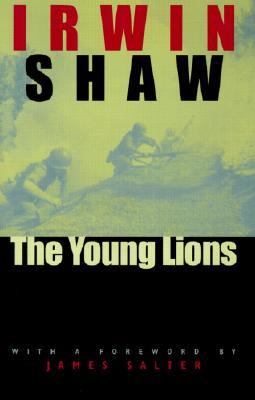
From Shaw’s The Young Lions to Mailer’s The Naked and the Dead, these best-sellers, published between 1948 to 1961, shaped the American public’s perception of World War II, the Holocaust and Jewish Americans, scholar Leah Garrett said in a lecture delivered at the University of Toronto’s Anne Tanenbaum Centre for Jewish Studies on February 1.
Paperback editions of these novels generated a mass readership and thus had a major impact on the American public.
Irreverent, ironic and funny, they smashed stereotypes about Jews, promoted pluralism, racial equality and liberalism, railed against the injustice of ethnic and religious prejudice and antisemitism, and upheld the virtues of masculinity, she added.
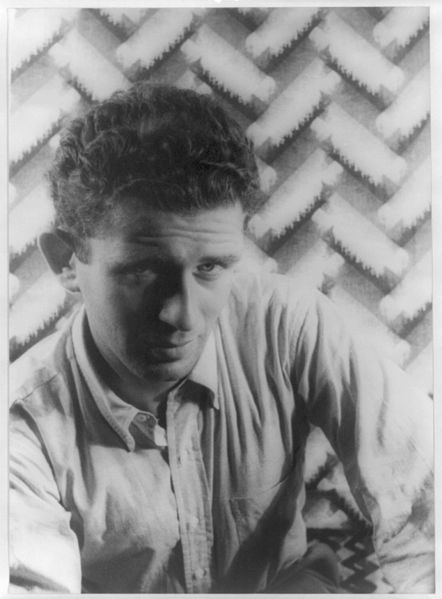
The second wave of American war novels, as exemplified by Herman Wouk’s The Caine Muntiny and Leon Uris’ Battle Cry, tended to be conformist in substance and tone, observed Garrett, an American who has been teaching at Monash University in Australia since 2008.
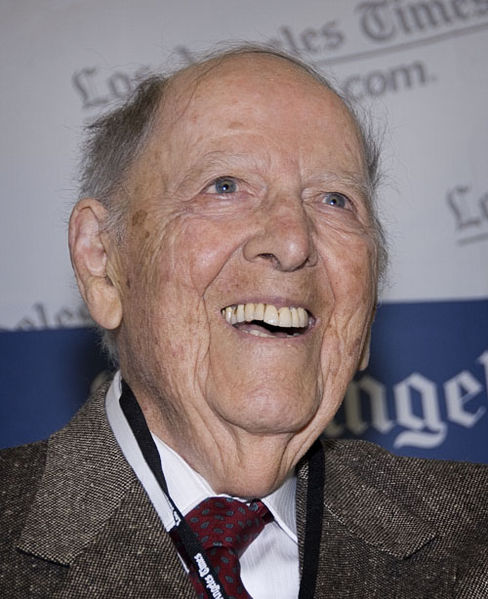
Joseph Heller’s Catch-22, published at the end of this 13-year cycle, restored the original template of the American war novel, said Garrett, the author of Young Lions: How Jewish Authors Reinvented the American War Novel.
Non-Jewish novelists such as James Jones, the author of From Here to Eternity, were most definitely influenced by their Jewish colleagues, she noted.
The authors of these middle-brow novels shared a common background, coming from traditional working-class immigrant families where Yiddish was spoken. And as Garrett pointed out, they came of age during an epoch when open antisemitism was rampant in the United States.
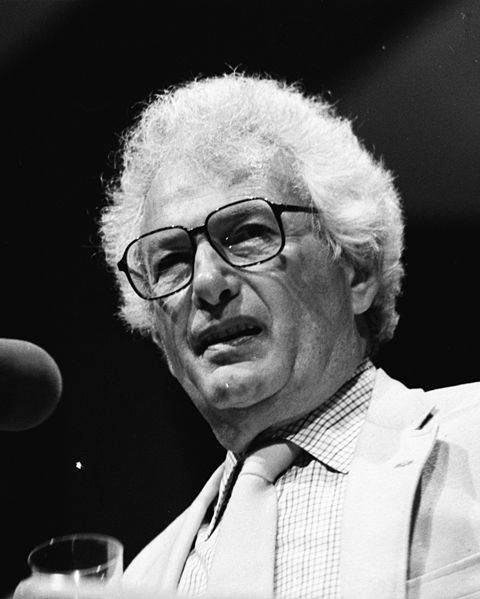
Their path-breaking novels were a revelation to some Americans because they acknowledged the reality of America’s rainbow society, shattered stereotypical notions that Jews were weaklings and cowards, exposed Nazi war crimes and Germany’s concentration camp system and described sexual encounters quite explicitly.
Jewish soldiers, in these novels, were the victims of bigotry, reminding readers of America’s legacy of antisemitism, which historically reached a peak of intensity in 1944.
By one estimate 500,000 Jewish men and women served in the U.S. armed forces during the war.
According to Garrett, antisemitism was such a hot-button topic after the war that the Hollywood movie industry released two films about it — Crossfire and Gentleman’s Agreement.
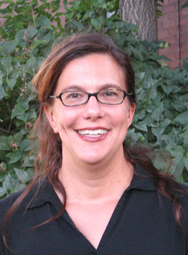
Garrett said these novels were published in an era when Jews were joining mainstream American society and McCarthyism was on the rise.